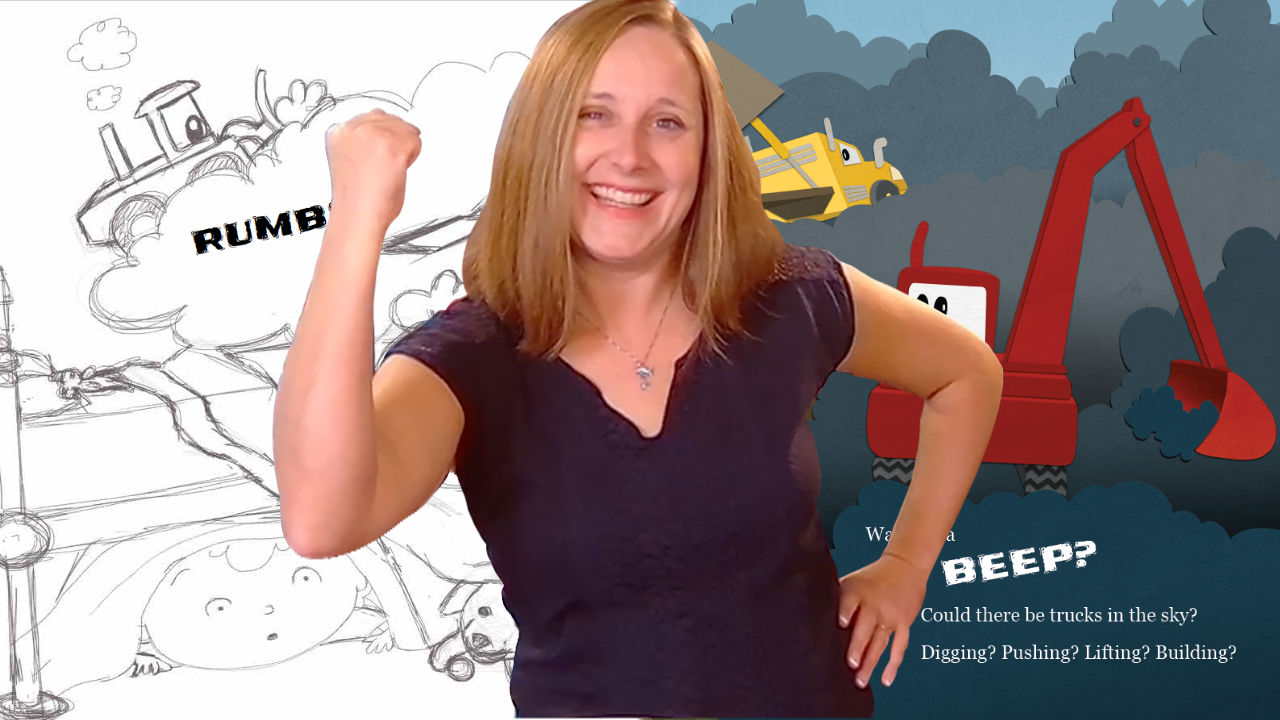Congratulations! You’ve made it to the final stage, where the magic finally happens.
Today we’re taking a picture book dummy to finished book. going to take a picture book from dummy… to finished! And let’s be honest, at this point, the dummy starts to feel more like an accurate description of the author than the book itself. A dummy is just a rough version of your picture book. The words are split into pages, and if you’re lucky, you’ve finished about three illustrations. Which is just enough to give you hope, but not enough to feel like you’ve made any real progress.
Since I decided to self-publish, it was time to roll up my sleeves and finish all the images. So, let’s get into it and watch the magic happen—or at least a lot of tea and tears.
Going Through the Process of Creating My Full Dummy
Now, let’s talk about bringing that dummy to life. I already had my thumbnails blown up and three of the images finished, which was enough to send out to agents. But once I made the decision to self-publish, it was time to dive in and complete all of the pages.
Here are a few key things I learned along the way:
- Refining My Style: Originally, I started with an ink-and-watercolor style, thinking I was going to be the next Beatrix Potter. I…wasn’t. So I experimented a bit and landed on a cut-paper style that just clicked. Once I found that, everything started flowing, and the illustrations became what I always envisioned. The only hiccup? I had to go back and redo the earlier images to match. Meaning I was back to zero finished images! Oops!
- Consistency: Speaking of matching… keeping my characters looking the same from page to page was a challenge. Easier said than done. One day, Axel was a cute little kid, the next day, he was a middle-aged accountant. But with some patience (and a lot of redos), I made sure each image stayed true to the story and its heart.
- Emotional Impact: I wanted the emotions to be felt in the illustrations, so I pulled up loads of reference photos—and yes, I acted out some of the scenes myself. Turns out, watching me act out being terrified is a great way to get my family concerned about my mental health.
- Flow of the Story: Picture books move from left to right, so I kept that flow in mind. At one point, I noticed an illustration felt like it was stopping the story dead in its tracks. Solution? Flip the image. Instant fix. Story flow resumed, crisis averted. Sometimes it’s the simplest changes that make the biggest difference.
Each page brought me closer to the final vision, and seeing it all come together? Magic.
Different Edits Along the Way
Now, I wish I could say once the images were done, I could kick back and relax, but nope—editing is a whole process in itself. I went through several rounds, tweaking little things here and there. But thank goodness for my critique group, right? Month after month, they looked at my images with the patience of saints. Honestly, they’ve seen these images so many times, they might know my characters better than I do!
But every edit brought me closer to a polished, professional product that I’m incredibly proud of. You know that feeling when everything just clicks? Yeah, that’s what it felt like finishing this book.
Getting Better and Faster as I Worked
Here’s the thing: I actually got better at this whole illustrating thing. I know, shocking. Turns out, practicing something every day actually makes you better as it! With each illustration, my confidence grew, and decisions that used to take hours became second nature. The best part? The quality didn’t just stay the same—it improved. This project pushed me to grow as both an artist and a storyteller, and I’m beyond thrilled with how the finished book turned out.
Conclusion
Completing the picture book, from rough sketches to polished illustrations, was a challenging but incredibly rewarding experience. It’s not just a story in words—it’s a story that feels alive with every turn of the page.
What do you think of the final product? Drop a comment below, and don’t forget to check out Storm Trucks. I’m so excited to share it with the world, and I think you (and your kids!) will love it.




0 Comments